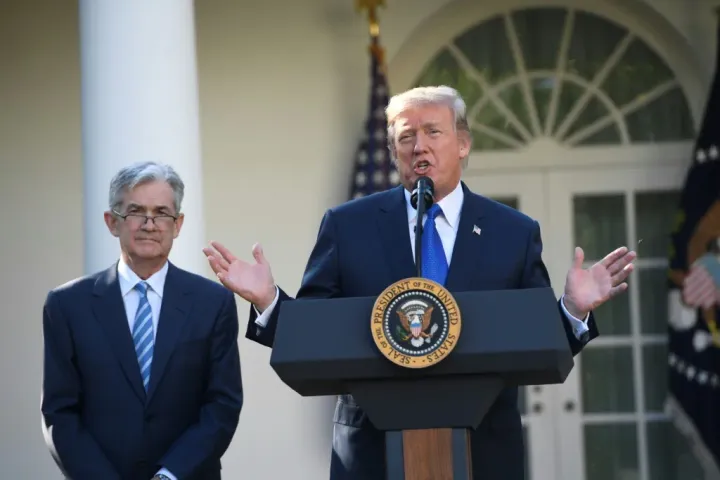White House Weighs China Tariff Cuts to Ease Trade Tensions

Market optimism rises as Trump administration explores flexible tariff strategies amid global trade uncertainty.
In a move that could mark a shift in the ongoing U.S.-China trade dispute, the Trump administration is reportedly considering a significant reduction of tariffs on Chinese imports, aiming to de-escalate months of economic tension between the world’s two largest economies.
According to sources familiar with the matter, tariffs could be lowered from 145% to a range between 50% and 65%, contingent upon negotiations with Beijing. However, the White House emphasized that no unilateral decisions would be made without mutual agreement.
“We are going to have a fair deal with China,” President Trump said on Wednesday, though he stopped short of confirming specifics. His comments followed earlier optimism expressed Tuesday, in which he acknowledged the need for “substantial” reductions in tariff rates.
Conflicting Signals and Strategic Denials
While the Wall Street Journal first reported on the administration's internal deliberations, Treasury Secretary Scott Bessent later refuted claims that a unilateral tariff rollback is imminent.
“Neither side believes that these are sustainable levels... This is the equivalent of an embargo,” Bessent noted, reiterating the necessity for bilateral steps.
White House spokesperson Kush Desai echoed the sentiment, labeling any media-based speculation as unreliable unless it comes directly from President Trump.
Economic Impact and Market Reactions
The market reacted swiftly. U.S. stocks surged, with the benchmark S&P 500 index rising approximately 3% in early trading, driven by investor relief over signs of a potential thaw in trade relations and Trump’s apparent backing away from controversial Federal Reserve threats.
Companies are already feeling the impact. Tesla (TSLA) flagged disruptions in its Optimus robot production due to Chinese rare earth export restrictions. Hapag-Lloyd, a German shipping company, reported that 30% of its U.S.-bound shipments from China were canceled.
China, for its part, has retaliated with tariffs up to 125% on U.S. imports, underscoring the high-stakes environment both countries navigate.
Tiered Tariff Structure Under Consideration
Among the options reportedly being considered is a tiered tariff framework, resembling a proposal made by a House committee last year:
- 35% levies on goods not deemed a national security threat
- At least 100% on strategic items vital to U.S. interests
Such a system would be phased in over five years, aiming for a measured, long-term approach to recalibrating trade dynamics.
Geopolitical Context
Meanwhile, separate trade talks between the U.S. and China on other pressing issues, including fentanyl regulation, have so far yielded little progress. However, on the global stage, U.S. Vice President JD Vance and India’s Prime Minister Narendra Modi signaled advancement in broader negotiations covering technology, defense, and energy cooperation.
Outside the article suggestion: A detailed infographic on current U.S.-China tariff structures and timeline of escalation would provide valuable visual context.



